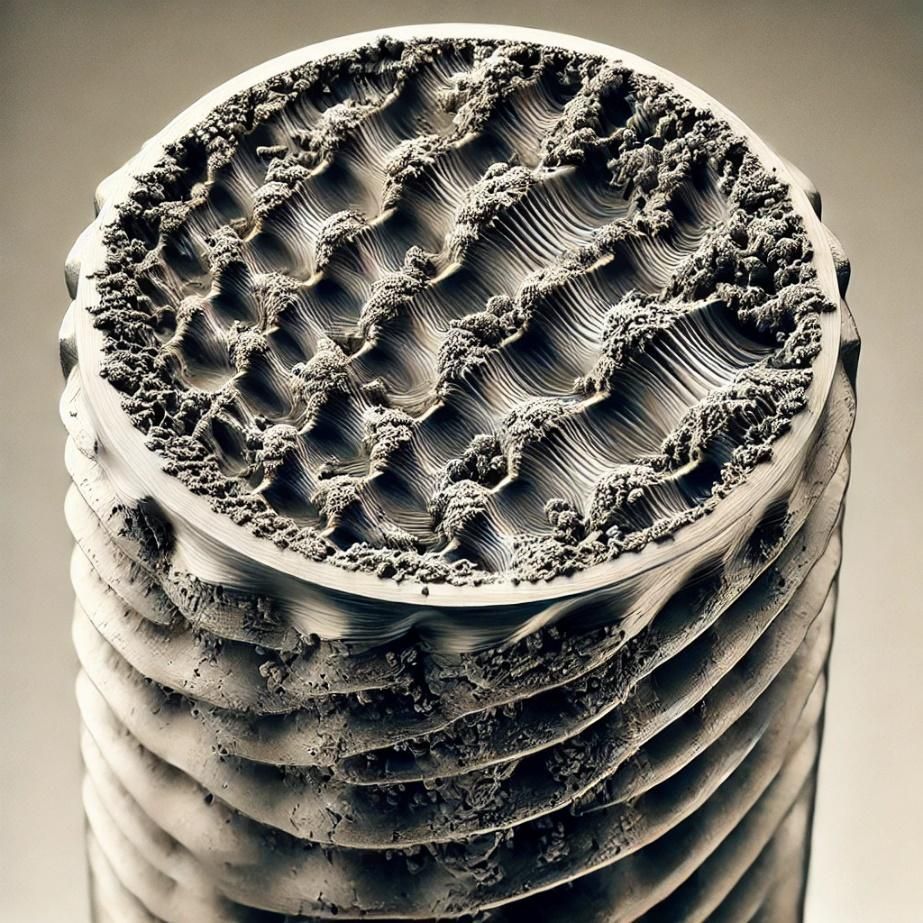PRODUCTION TECHNIQUES FOR SCREWS, NUTS, AND WASHERS
The ISO Metric System (International Organization for Standardization) is an international standard that defines the dimensions and tolerances of mechanical components such as screws, nuts, and washers. This standard ensures that components are interchangeable and globally compatible, facilitating trade and the use of standardized components across various industrial sectors.
Production Techniques
Screws
Materials
Screws can be manufactured using various materials, including carbon steel, stainless steel, brass, and titanium alloys. The choice of material depends on the application and the required resistance to corrosion and tensile strength.
Manufacturing Processes
- Cold Rolling: This process involves plastic deformation of the metal wire, which is passed through a series of rollers to form the threading.
- Hot Forging: Used for large screws, the metal is heated and then shaped in a die to achieve the desired form.
- Heat Treatment: Screws are often subjected to heat treatments to improve hardness and mechanical strength.
Quality Control
- Visual Inspection: Checking for surface imperfections.
- Dimensional Measurement: Using calipers and micrometers to ensure compliance with ISO standard dimensions.
- Strength Testing: Tensile and hardness tests to guarantee load capacity.
| Process | Material | Application |
|---|---|---|
| Cold Rolling | Carbon Steel, Stainless Steel | Small and medium-sized screws |
| Hot Forging | Steel, Titanium Alloys | Large-sized screws |
| Heat Treatment | All materials | Enhancing mechanical properties |
Nuts
Materials
Similar to screws, nuts are made from various materials, such as steel, stainless steel, brass, and special alloys.
Manufacturing Processes
- Stamping: The nut is formed through stamping, which can be cold or hot depending on the material and size.
- Threading: The internal threading is created using thread taps or rolling dies.
Quality Control
- Dimensional Inspection: Measuring internal and external dimensions.
- Mechanical Testing: Tensile and torsion resistance tests.
| Process | Material | Application |
|---|---|---|
| Stamping | Steel, Brass | Nuts of various sizes |
| Threading | Steel, Stainless Steel | Precision in threading |
Washers
Materials
Washers are often made from carbon steel, stainless steel, and non-metallic materials such as nylon.
Manufacturing Processes
- Cold Stamping: Used for metal washers, where the material is cut and then formed in a press.
- Laser Cutting: For washers with tight tolerances or complex shapes, laser cutting is used.
Quality Control
- Surface Inspection: Checking surface finishes to avoid sharp edges or irregularities.
- Thickness Measurement: Using measuring tools to ensure compliance with standards.
| Process | Material | Application |
|---|---|---|
| Cold Stamping | Steel, Stainless Steel | Standard washers |
| Laser Cutting | Steel, Nylon | Special washers |
The adoption of ISO standards in the screw, nut, and washer industry not only ensures quality and reliability but also facilitates the internationalization of business activities. Compliance with these standards allows manufacturers to expand their markets and access global customers, ensuring that their components are compatible with those of other manufacturers worldwide.













